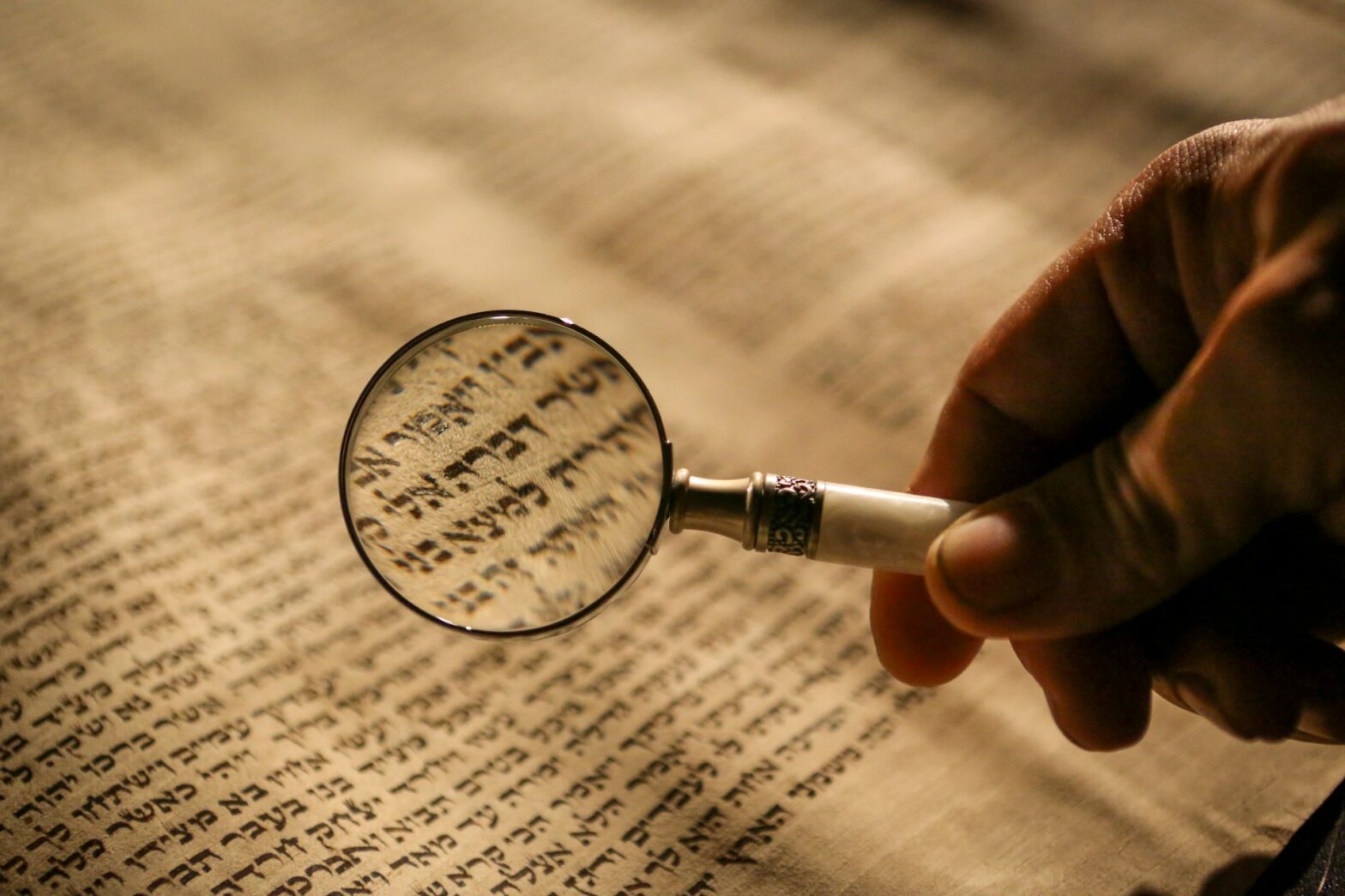
Moishe Moment | Torah is Additive
Shavuot
What is Torah? It can be used to mean text learning, our tradition more generally, or the physical scroll that is read each week. As a soferet, Jewish scribe, I am often thinking about the interplay between these different meanings. The rabbis extrapolate much of the halachot, ritual laws, about how to write and repair scrolls from the word “וכתבתם”—“you shall write” which appears in the text of the shema. They take this to mean “שֶׁיִּהְיוּ הָאוֹתִיּוֹת נַעֲשׂוֹת דַּוְקָא בַּכְּתִיבָה, וְלֹא עַל יְדֵי חֲקִיקָה”, “every letter be made by writing, specifically, and not by means of erasing” (Keset Hasofer 8:1). In other words, the creation of Torah is an additive, and not a subtractive process. For example, you can’t clear up a word by erasing a drop of ink which obscured a letter. You need to erase it and rewrite it so that the final act is additive.
This Shavuot, I am wondering—what is deep within you that our tradition needs? What do you have to add to make Torah more beautiful, more varied, and more alive? Wishing you an inspiring Shavuot full of moments of inspiration, and glimpses of Torah coming from places you might not have expected it.
